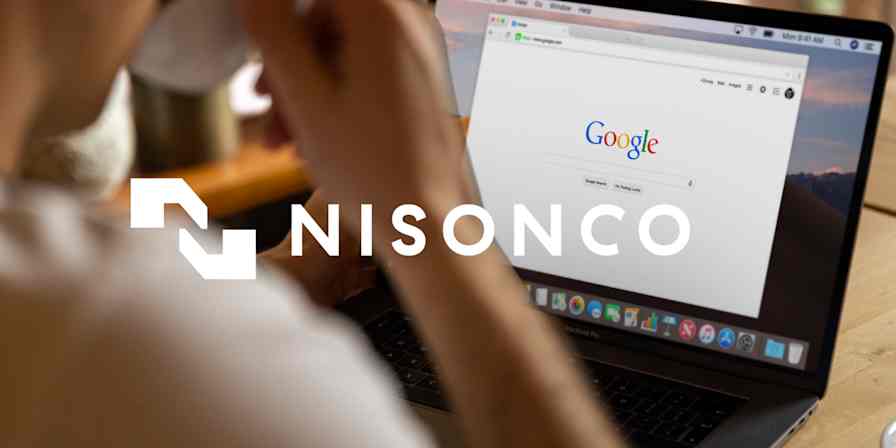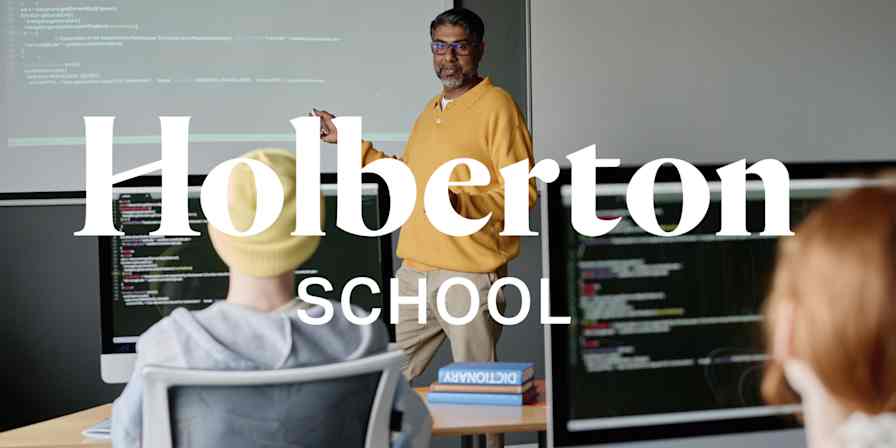Customer stories
4 min readHow a leadership development advisor went from corporate America to successful business owner
By Deb Tennen · July 9, 2020

Get productivity tips delivered straight to your inbox
We’ll email you 1-3 times per week—and never share your information.
Related articles
Improve your productivity automatically. Use Zapier to get your apps working together.








